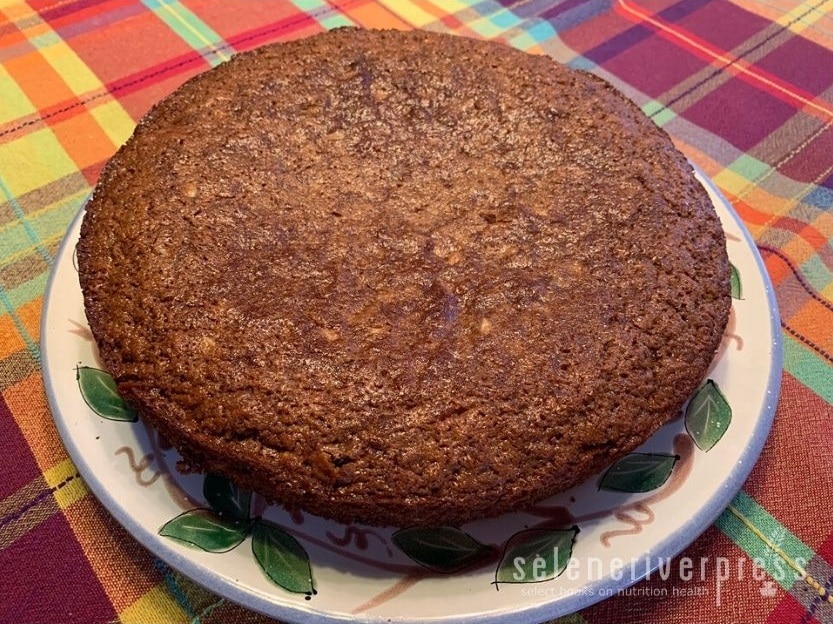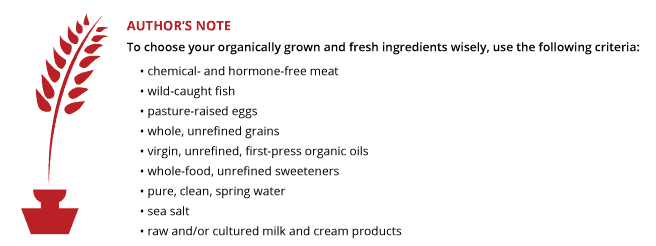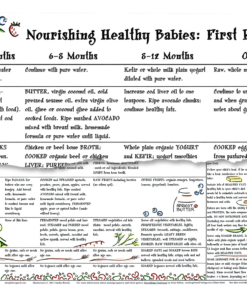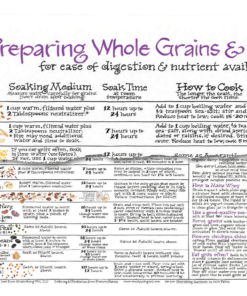A long time ago—more than 20 years—I gave up wheat and gluten for health reasons. A few years later, I discovered the work of Weston A. Price and how using traditional cooking techniques such as lacto-fermentation can make food more easily digested by the body.
My next level of learning was how I could use all of those cooking techniques to implement (and then teach others about) the nutritional protocol that is the Gut and Psychology Syndrome (GAPS) diet. People go on GAPS because it helps heal and seal gastrointestinal disorders such as irritated bowel syndrome (IBS) and colitis even as it rebuilds gut flora.
No grains or gluten are allowed on GAPS. No more cake, right? Wrong. At least no more cake made from wheat flour or grains. How to make a cake as light as one made with wheat flour but not made from other grains and starches that are typically used in gluten-free baking? Turning my attention to nuts and seeds, I applied my knowledge of fermentation to the challenge.
You have likely heard the story of the day my husband wanted a chocolate cake after dinner, and I happened to have fermented nut flour at the ready on my counter. (Here’s the article and the recipe of that delicious gluten-free, grain-free, GAPS chocolate cake.) This spice cake uses the same techniques. It is easy to do, and with this recipe you will produce a fluffy, light cake. Yes, it takes two steps, but the result is worth it!
Not-Just-for-Autumn Spice Cake
This cake is a two-step process: one step to ferment the flour, and the second step to make the cake. This recipe yields one 9-inch round, or you can double it for a layer cake.
If you use a dark pan, decrease the temperature of the oven by 25 degrees, or the cake will burn. In order to make this recipe suitable for GAPS, you may either drop the maple syrup entirely, or swap it out with honey that you have liquefied in a water bath.
For recipes and techniques on how to make your own yogurt, kefir, or whey with ease, see my book The Complete Cooking Techniques for the GAPS Diet.
Ingredients
For the fermented nut flour:
2½ cups almond flour or almond meal, purchased or made yourself from organic almonds (or you may use any other fine-ground nut flour, such as sunflower seed flour)
⅓ cup or more yogurt, whey, or kefir (making your own from organic, pastured whole milk that is not UHT is best)
For the cake:
1 tablespoon ground cinnamon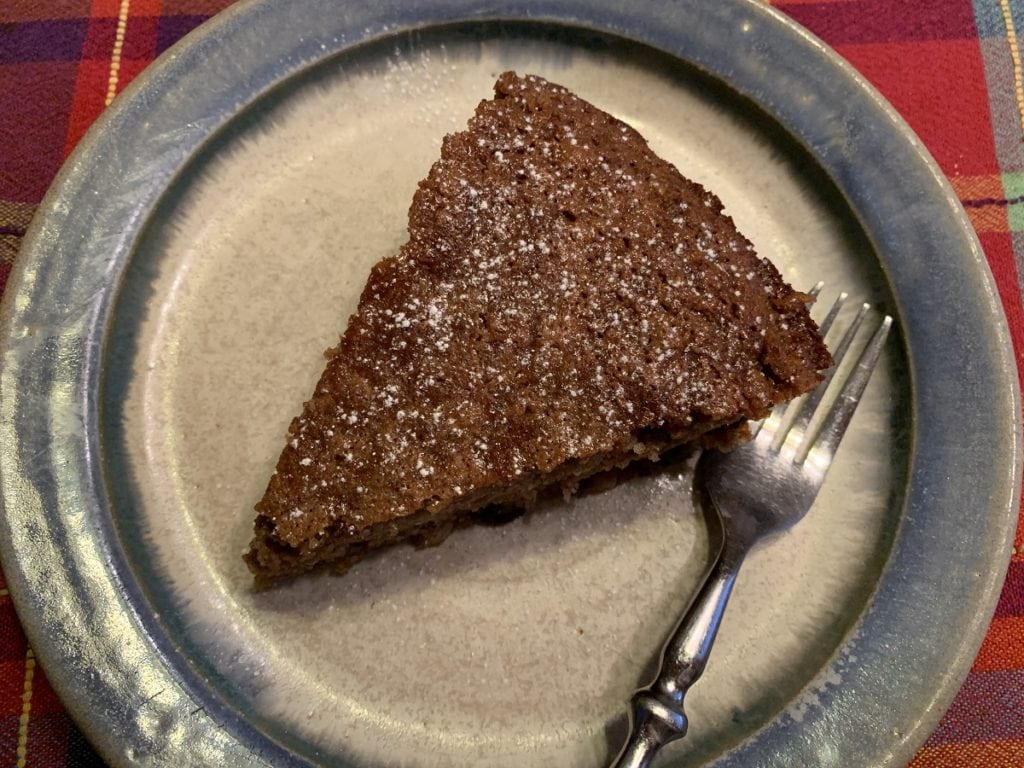
1 teaspoon ground allspice
½ teaspoon ground ginger
¼ teaspoon freshly ground nutmeg
¼ teaspoon ground cloves
½ teaspoon sea salt
½ teaspoon baking soda (optional)
¼ cup melted coconut oil, ghee, or lard
¾ cup maple syrup (delete or replace with ½ cup honey to make it GAPS-compliant)
4 large organic, pastured eggs (or use 2 large eggs and 2 duck eggs)
1 tablespoon vanilla extract
1 cup organic raisins or currants
½ cup walnuts, coarsely chopped, or sunflower seeds (or any other nut or seed you like)
Instructions
Step One: Ferment the Nut Flour
- Put the almond flour in a medium bowl. Add whatever cultured dairy you are using. Mix until well blended. (Start with ⅓ cup cultured dairy, adding more if necessary to achieve the consistency of cookie dough.)
- Cover bowl with a plate, and place the bowl on your counter (out of the sun, away from heat or AC vents, and nowhere near a microwave).
- Wait a minimum of 24 hours. (I suggest 48 hours or so—the longer you wait, the fluffier the cake.)
Step Two: Make the Cake
- Preheat oven to 350°F. Line a 9-inch round pan with parchment paper. Grease the sides with butter, ghee, coconut oil, or lard
- In a small bowl, combine all of the spices, salt and baking soda, if using.
- In a medium bowl, whisk together the oil, maple syrup or honey, eggs, and vanilla.
- Pour the spices into the fermented almond flour. Mix well. (If your “dough” is very firm, you may wish to use a mixer instead of breaking a wooden spoon.) Add the egg mixture and mix well.
- Add the raisins and nuts or seeds. Mix to combine.
- Pour the batter into the baking pan. Place in the middle of the oven and bake 40–45 minutes. Test for doneness by inserting a toothpick into the middle of the cake. If it comes out clean, it is done.
- Let cool for about an hour, then remove from pan. Spread soft, grass-fed butter or homemade yogurt cheese on top to serve.
For more on the GAPS Diet, what it is and how it works, cooking techniques and recipes, as well as working with nuts, seeds, beans, and grains to make them more digestible, see my book, The Complete Cooking Techniques for the GAPS Diet.
For more information about the GAPS nutritional protocol, see Gut and Psychology Syndrome Dr. Natasha Campbell-McBride.
Images from Monica Corrado.

